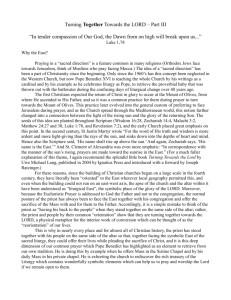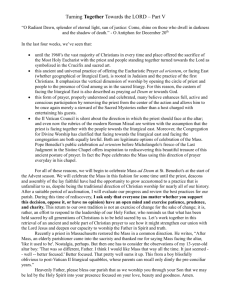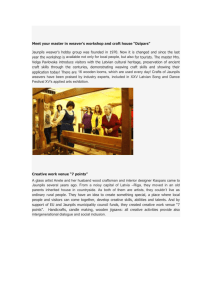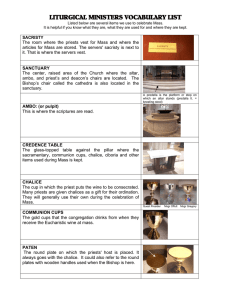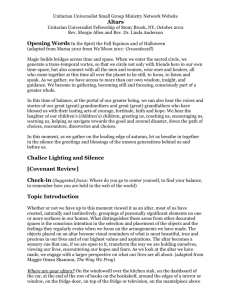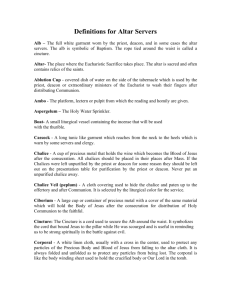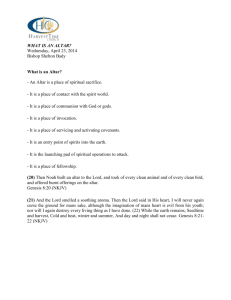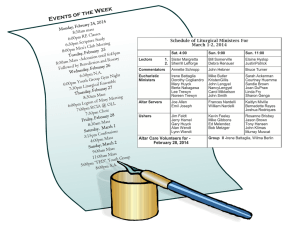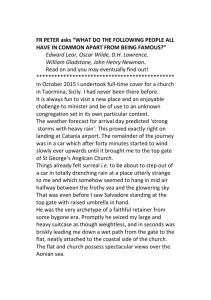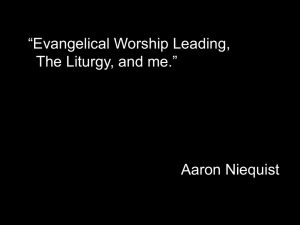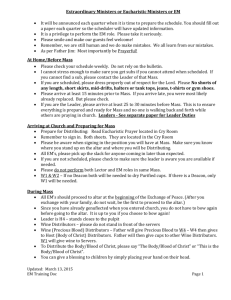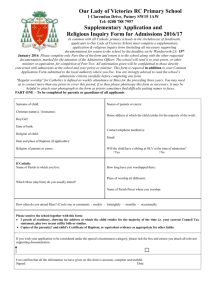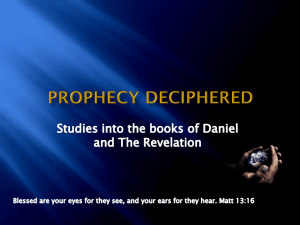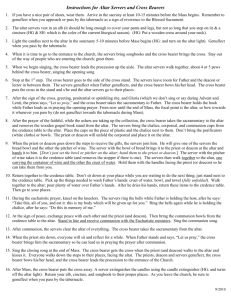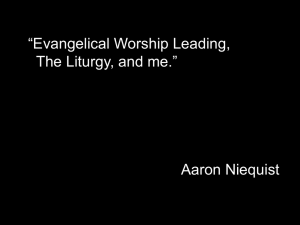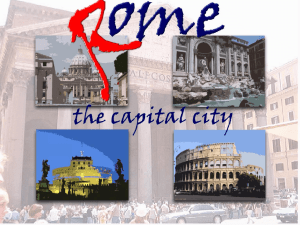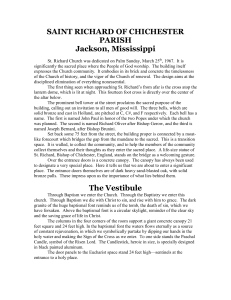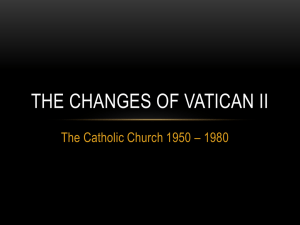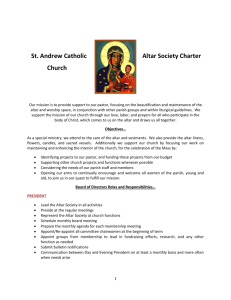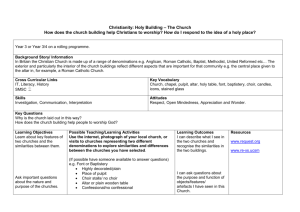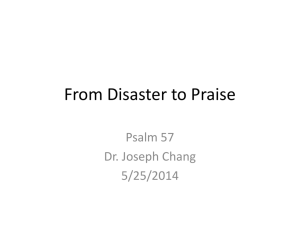Part II - St. Benedict Catholic Church, Duluth, MN
advertisement
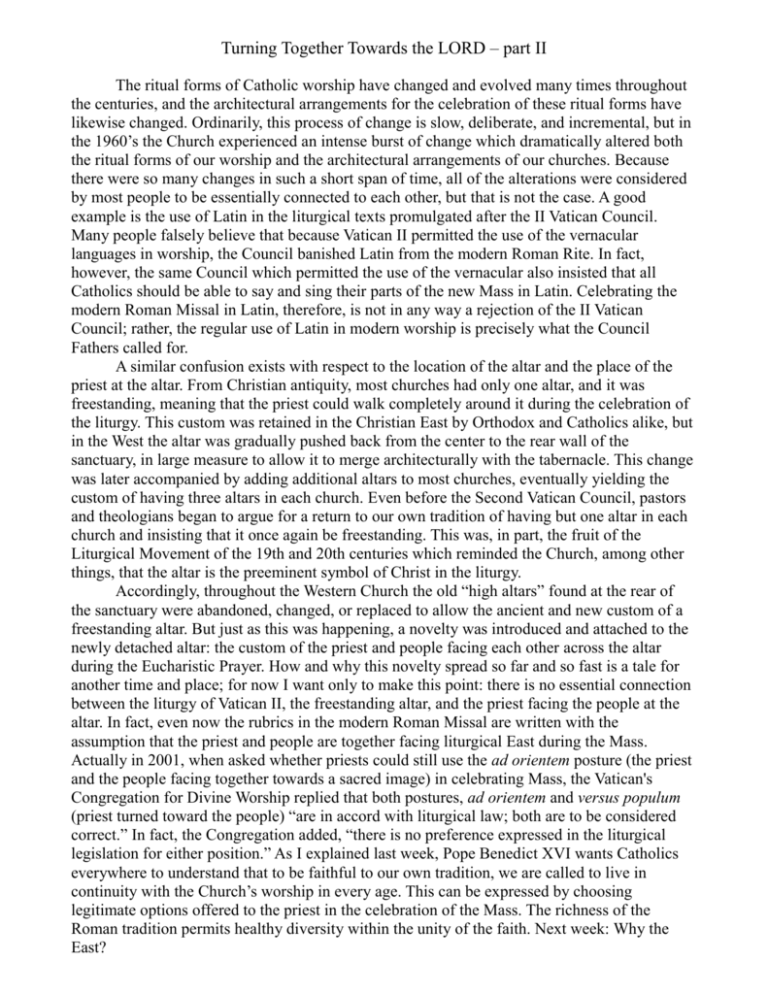
Turning Together Towards the LORD – part II The ritual forms of Catholic worship have changed and evolved many times throughout the centuries, and the architectural arrangements for the celebration of these ritual forms have likewise changed. Ordinarily, this process of change is slow, deliberate, and incremental, but in the 1960’s the Church experienced an intense burst of change which dramatically altered both the ritual forms of our worship and the architectural arrangements of our churches. Because there were so many changes in such a short span of time, all of the alterations were considered by most people to be essentially connected to each other, but that is not the case. A good example is the use of Latin in the liturgical texts promulgated after the II Vatican Council. Many people falsely believe that because Vatican II permitted the use of the vernacular languages in worship, the Council banished Latin from the modern Roman Rite. In fact, however, the same Council which permitted the use of the vernacular also insisted that all Catholics should be able to say and sing their parts of the new Mass in Latin. Celebrating the modern Roman Missal in Latin, therefore, is not in any way a rejection of the II Vatican Council; rather, the regular use of Latin in modern worship is precisely what the Council Fathers called for. A similar confusion exists with respect to the location of the altar and the place of the priest at the altar. From Christian antiquity, most churches had only one altar, and it was freestanding, meaning that the priest could walk completely around it during the celebration of the liturgy. This custom was retained in the Christian East by Orthodox and Catholics alike, but in the West the altar was gradually pushed back from the center to the rear wall of the sanctuary, in large measure to allow it to merge architecturally with the tabernacle. This change was later accompanied by adding additional altars to most churches, eventually yielding the custom of having three altars in each church. Even before the Second Vatican Council, pastors and theologians began to argue for a return to our own tradition of having but one altar in each church and insisting that it once again be freestanding. This was, in part, the fruit of the Liturgical Movement of the 19th and 20th centuries which reminded the Church, among other things, that the altar is the preeminent symbol of Christ in the liturgy. Accordingly, throughout the Western Church the old “high altars” found at the rear of the sanctuary were abandoned, changed, or replaced to allow the ancient and new custom of a freestanding altar. But just as this was happening, a novelty was introduced and attached to the newly detached altar: the custom of the priest and people facing each other across the altar during the Eucharistic Prayer. How and why this novelty spread so far and so fast is a tale for another time and place; for now I want only to make this point: there is no essential connection between the liturgy of Vatican II, the freestanding altar, and the priest facing the people at the altar. In fact, even now the rubrics in the modern Roman Missal are written with the assumption that the priest and people are together facing liturgical East during the Mass. Actually in 2001, when asked whether priests could still use the ad orientem posture (the priest and the people facing together towards a sacred image) in celebrating Mass, the Vatican's Congregation for Divine Worship replied that both postures, ad orientem and versus populum (priest turned toward the people) “are in accord with liturgical law; both are to be considered correct.” In fact, the Congregation added, “there is no preference expressed in the liturgical legislation for either position.” As I explained last week, Pope Benedict XVI wants Catholics everywhere to understand that to be faithful to our own tradition, we are called to live in continuity with the Church’s worship in every age. This can be expressed by choosing legitimate options offered to the priest in the celebration of the Mass. The richness of the Roman tradition permits healthy diversity within the unity of the faith. Next week: Why the East?
